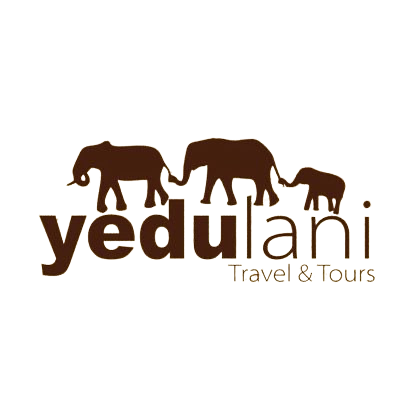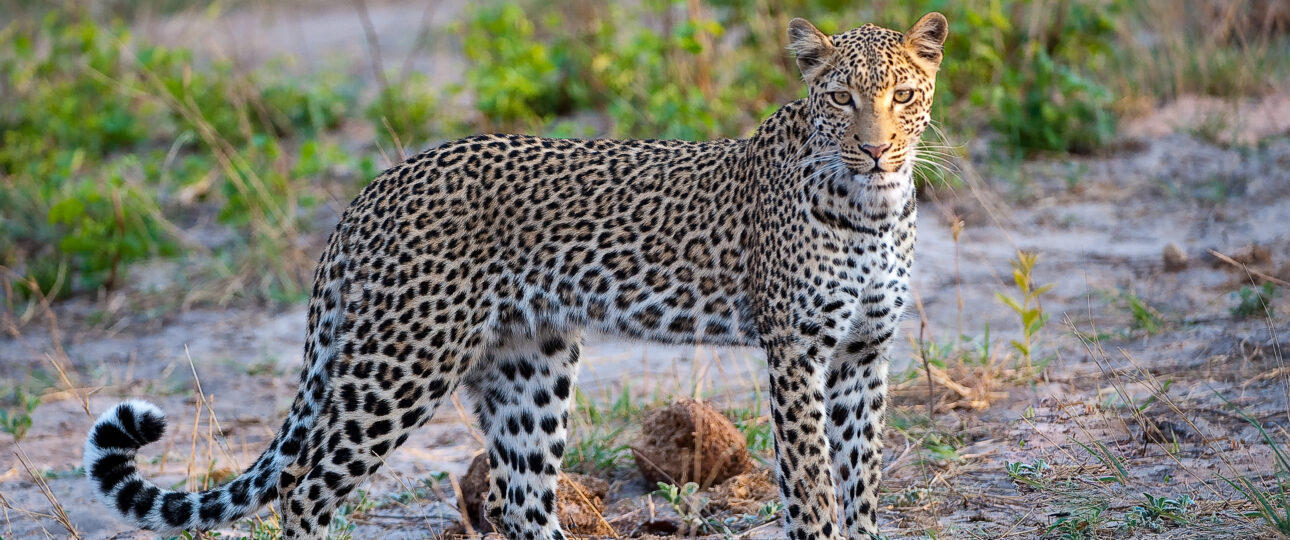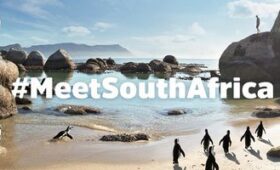By Olivia Mufute
We concluded what has been an extraordinarily difficult year for most of us, and 2021 is no exception. I can say with complete honesty that one of the things that have made 2020 easier for me is the opportunity to visit some of Zimbabwe’s most stunning safari destinations. There is something absolutely magical about losing yourself in nature and observing wild animals go about their lives, unbothered, unworried. It provides an escape and helps you put your own life into perspective.
Tourism has taken a big hit because of the travel restrictions imposed to control the COVID19 pandemic. The Government of Zimbabwe to an extent has relaxed lockdown measures to allow the tourism sector to resume operations but the industry has not fully recovered. International travel is still restricted which means that the industry is currently depending on local tourism to save it.
However, for the majority of locally-based Zimbabweans, the costs of domestic tour packages are still quite prohibitive. Tour companies will have to find innovative ways to cater to the local market. With COVID 19 positive cases on the rise, and the situation rapidly evolving against a background of a very challenging macro-economic environment and under-resourced health delivery system, if the economic downturn continues, more Zimbabweans will lose income and livelihoods.
All this sounds grim but I believe that there is a way for Zimbabweans to still visit their beloved natural and cultural heritage destinations and enjoy the wildlife and scenery that makes this country so special. With a bit of creativity and vigilance, consistent mask-wearing, social distancing, and hand-washing, you can safely enjoy a safari holiday that will rejuvenate your spirits and more importantly, contribute to conserving this country’s unmatched biodiversity.
Tourism helps conservation in two key ways: revenue from park-entrance fees can be allocated specifically to pay for the protection and management of protected areas, and it gives economic benefits to communities living adjacent to protected areas, encouraging them to conserve biodiversity. In addition, your very presence in protected areas can act as a deterrent to poachers.
If you are able to go on safari any time of the year, please do. Here are my top recommendations for the ultimate experience:
Save Valley Conservancy

I visited Save Valley Conservancy (SVC) in October and November 2020.
The SVC is located in the South Eastern Lowveld of Zimbabwe comprising 750,000 acres of diverse wildlife habitat.
I had the opportunity to see all the safari’s big five (Elephant, Lion, Leopard, Buffalo, and Rhino) in a single day! I also sighted one of the rarest species of hyena, the brown hyena. The SVC is home to Africa’s largest populations of black and white rhino as well as healthy populations of wild dogs, which are both critically endangered species. Over 300 species of birds occur are found here.
Savé Valley is also home to some of the oldest scientifically dated and recorded living baobabs trees in Zimbabwe. The baobab tree on Mokore Ranch is estimated to be 1250 years old and as per measurements recorded in Historical Trees of Zimbabwe by L J Mullin, it is among the largest with a height of 21m, a diameter of 8.79m, and a crown spread of 32m. A team of scientists recently conducted a radiocarbon dating of another baobab tree at Humani Bedford Ranch and estimated its age to be around 1800 years old, one of the oldest ever recorded ages of a living baobab tree. Amazing!
Victoria Falls on a Safari

There is a reason that Victoria Falls is Zimbabwe’s premier tourist destination. It is one of the most spectacular waterfalls in the world where the Zambezi River plunges and falls 108m into a zigzag of spectacular basalt rock gorges. Its beauty is further compounded by the lush and beautiful rain forest formed from the permanent water spray. The forests host abundant wildlife including elephants, buffaloes, giraffes, lions, and is also a bird watcher’s paradise.
There is something for everyone at Vic Falls, from budget accommodations to fancy upmarket safari lodges. Activities include game drives, walks, white water rafting, bungee jumping, abseiling, zip line, fishing, boat cruises, bike tours, fishing, and many others to cater to all tastes.
Mana Pools Safari

Mana Pools is quieter than Victoria Falls but not any less stunning. It provides the ultimate safari wildlife experience. Also on the Zambezi, it is a UNESCO world heritage site known for its ecological, cultural, and archaeological significance. It’s the go-to place if you want to see fossils and dinosaur footprints. The wildlife is plentiful, boasting of endangered species including wild dogs, and the ultimate crowd-pleasers: elephants, lions, leopards, and cheetahs. You will see more birds than you can name (over 400 bird species reside here), all in the comfort of a relaxed, low-volume destination. There are no crowds here, just you, in communion with nature. Whether you opt for game drives or boat cruises, you are guaranteed a wonderful time.
Hwange National Park

Saving the best for last. Hwange is the largest natural reserve in the country, and home to Zimbabwe’s largest population of elephants. Simply put, this is the best safari park in the world to view the African savannah elephant. You cannot go wrong with Hwange. The park is a feast for the senses, offering regular sightings of lions, cheetahs, leopards, and wild dogs. Birds abound, with over 500 species living there.
For all its grandeur, a visit to Hwange still feels like a private safari experience because the park is never crowded. You can be sure that you will never have to elbow anyone out of the way in order to get a good look at an elephant. Hwange is expansive and rich and generous, the crown jewel of Zimbabwe.
Profile: Olivia Mufute is the country director at Africa Wildlife Foundation (AWF). She is a wildlife ecologist with over 20 years of experience in wildlife conservation and natural resources management programs in Zimbabwe and Southern Africa.



